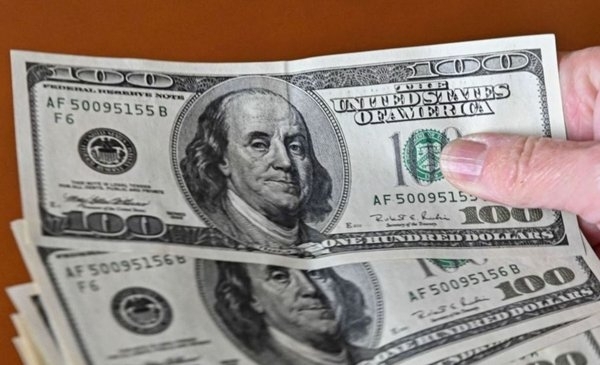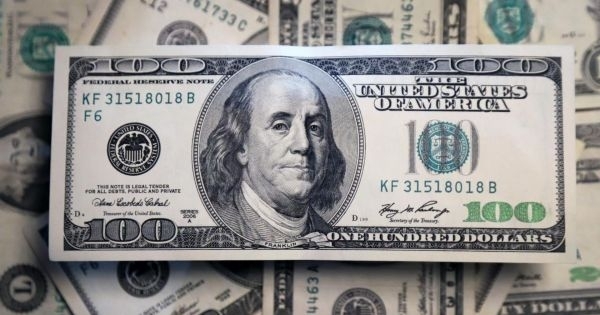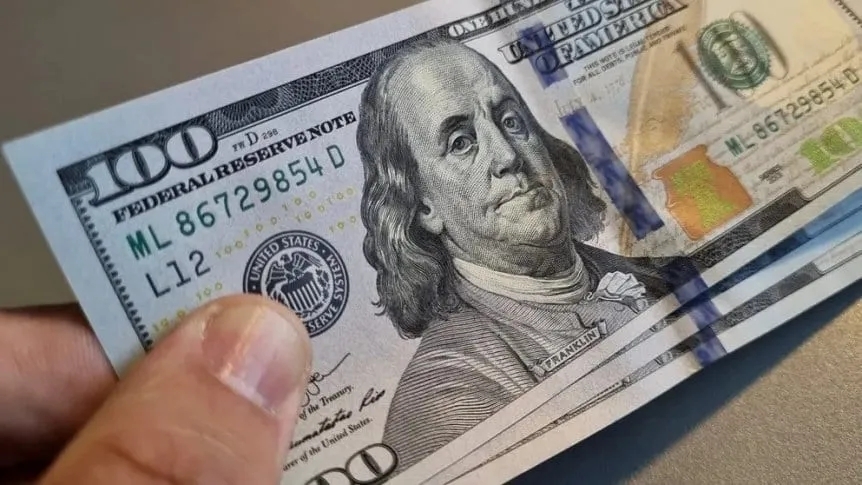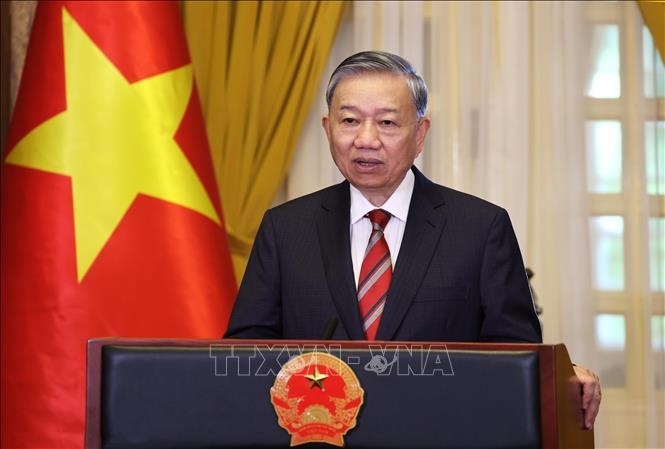Current Blue Dollar Trends and Insights for Investors
Explore the current blue dollar trends and discover essential insights to navigate Argentina's dynamic financial landscape effectively.

Key Points
- The blue dollar is currently trading at $1205 for purchase and $1225 for sale, reflecting a 13.50% increase over the official rate.
- Stability in the blue dollar market indicates ongoing investor confidence, with fluctuations remaining under 1% over recent weeks.
- Understanding blue dollar trends is essential for consumers and businesses to navigate costs and make informed financial decisions.
The blue dollar market has been a focal point for many investors and economic enthusiasts in
. As of February 21, 2025, the blue dollar is trading at $1205 for purchase and $1225 for sale, showcasing a slight decline of 1% compared to previous months. This situation presents a significant opportunity for individuals and businesses to reassess their financial strategies amidst fluctuating currency rates.

What is the Blue Dollar?
The blue dollar refers to the unofficial currency exchange in Argentina, where the dollar is traded outside the regulated banking system. It typically carries a higher value than the official dollar, which the government controls. As of February 21, 2025, the blue dollar's value is approximately 13.50% higher than the official rate, which is around $1039.25 to $1079.25.
This exchange rate gap is known as the "spread", and it reflects the economic conditions and the public's response to inflation and currency stabilization efforts. The blue dollar has become a barometer for economic sentiment and confidence in the Argentine peso, demonstrating both local and international investors' hesitance toward official financial institutions.
Recent Trends and Market Overview
In recent weeks, the blue dollar has shown remarkable stability, with variations remaining under 1% over the past five business days. This suggests that, while fluctuations exist, the market is stabilizing around current rates. When examining the year-on-year performance, it is evident that the blue dollar has risen by 10% compared to 2024, signaling a long-term trend that warrants ongoing attention.
Furthermore, the dollar bolita (or MEP dollar) currently trades around $1196 for purchase and $1199.70 for sale, indicating parallel market influences. These metrics highlight the necessity for investors and businesses to stay informed about the diverse dollar rates available, as they can significantly impact import costs and pricing strategies.

The Role of the Blue Dollar in Economic Strategy
The blue dollar's strong performance relative to its official counterpart not only reflects public sentiment but also necessitates a strategic approach from both investors and businesses. Companies looking to import goods or services can face higher costs due to the growing gap between the blue and official dollar rates. As such, businesses should consider hedging against currency fluctuations to minimize risks and plan accordingly.
On a consumer level, individuals have begun to adapt their purchasing behaviors in response to blue dollar trends. Many are turning to alternative investments, including real estate or foreign currency accounts, as a protective measure against inflation and currency devaluation.
In Conclusion
The current state of the blue dollar serves as an essential indicator of Argentina's financial health and economic strategies moving forward. By understanding its implications, all stakeholders—from the everyday consumer to large corporations—can better navigate the complex financial landscape. Staying informed about these dynamics will empower individuals and businesses alike to make better fiscal decisions amidst ongoing economic changes.



